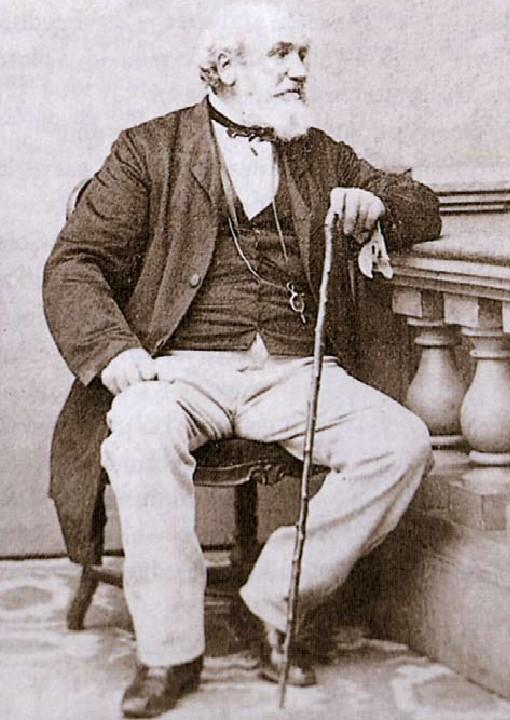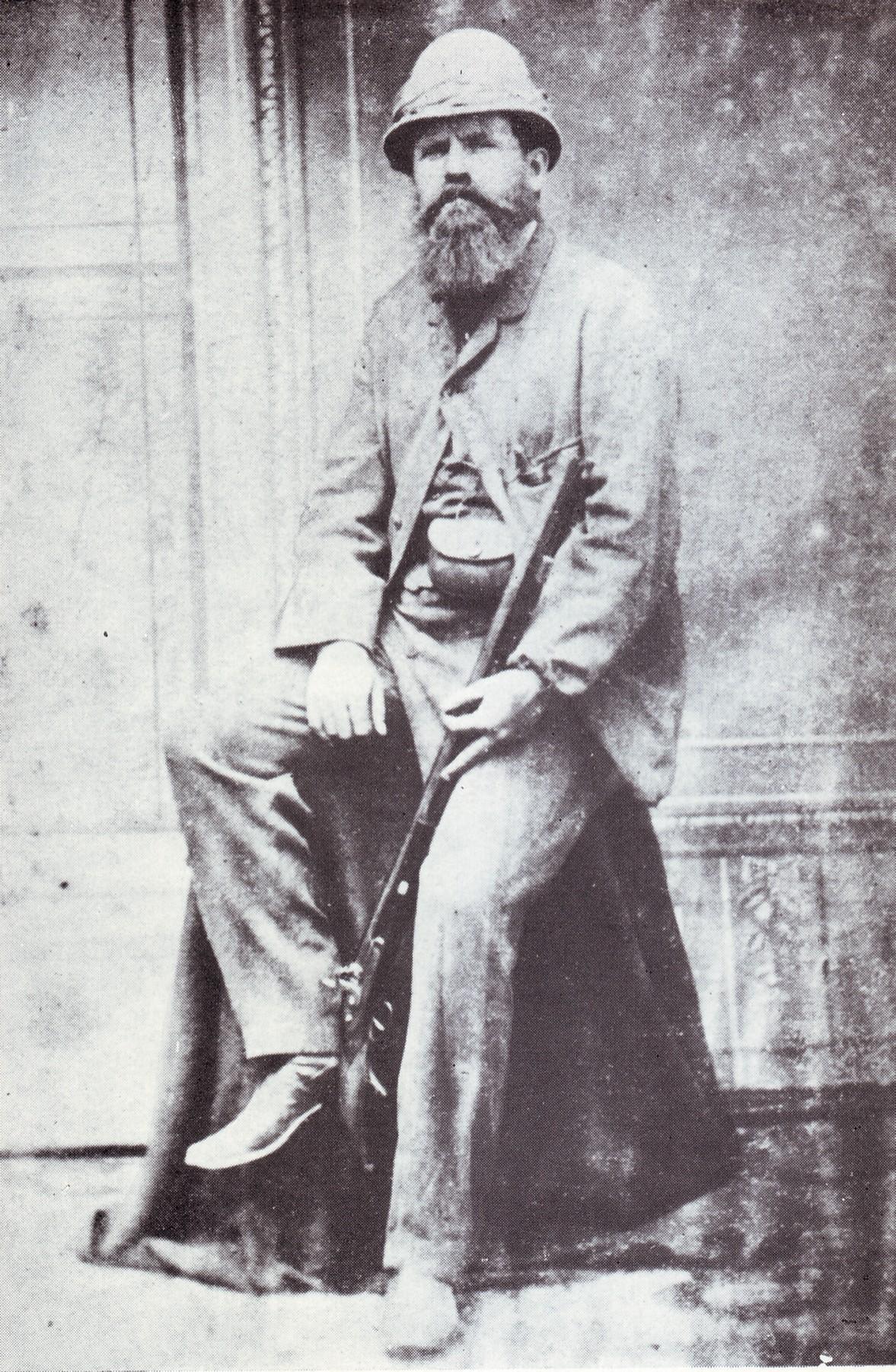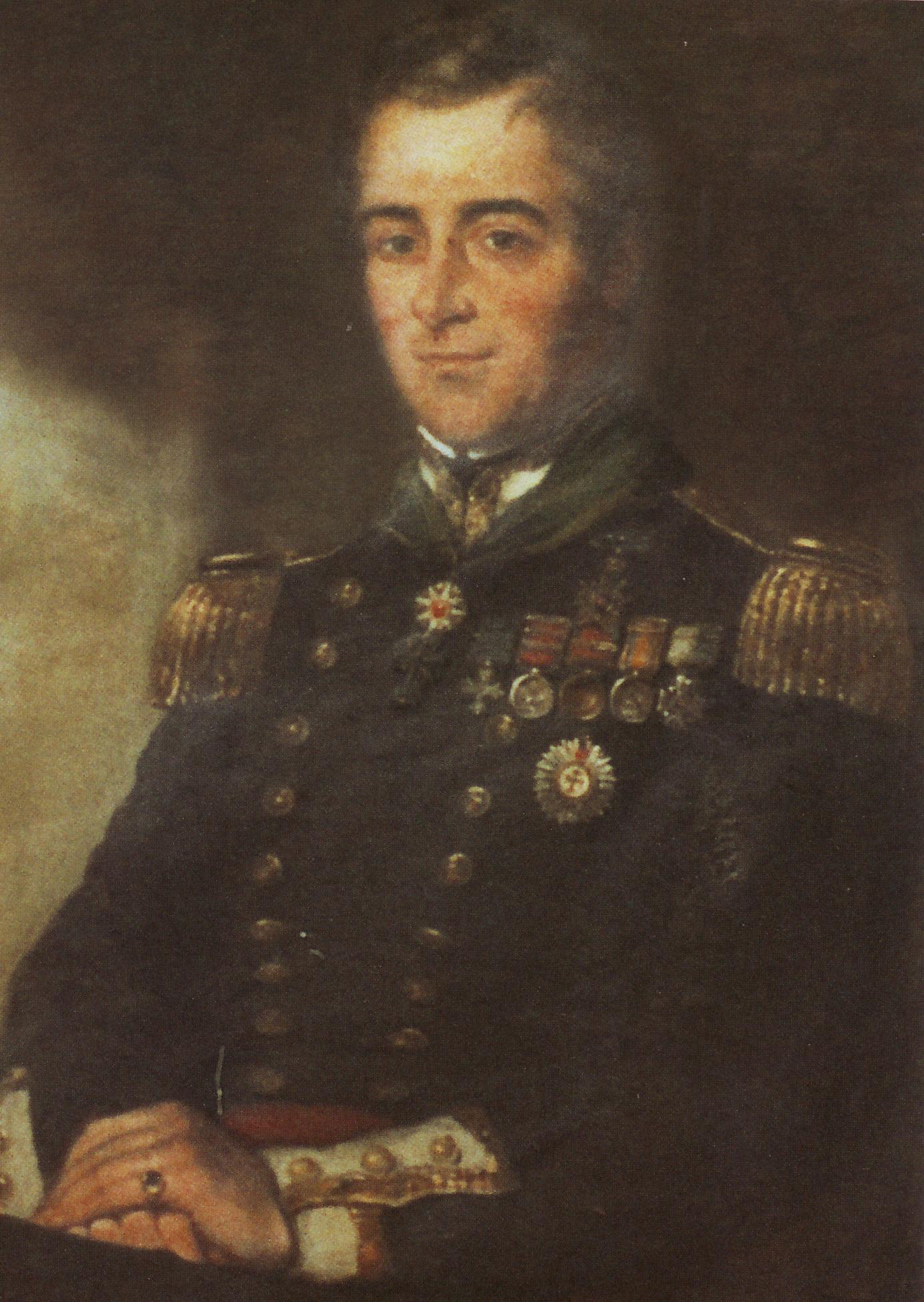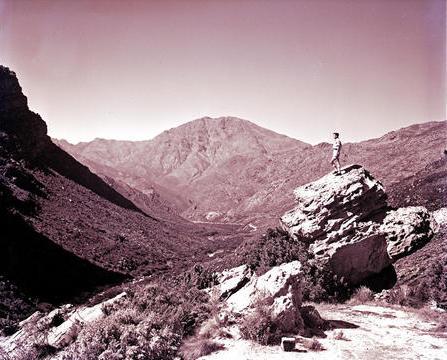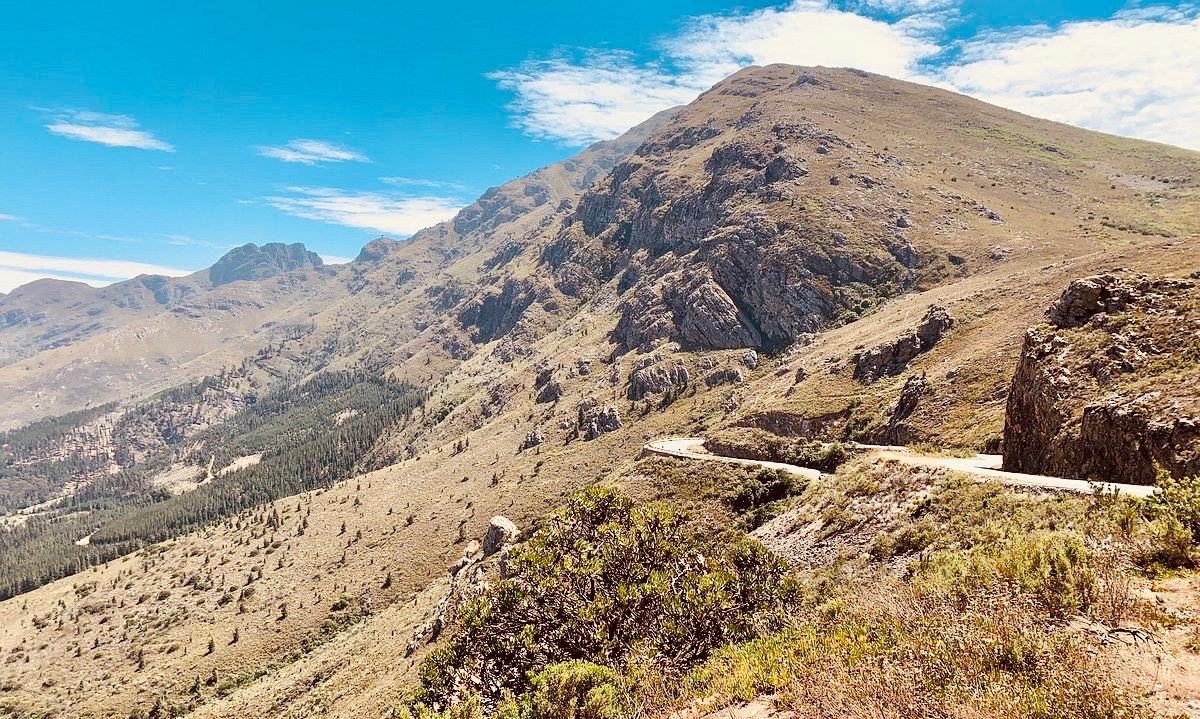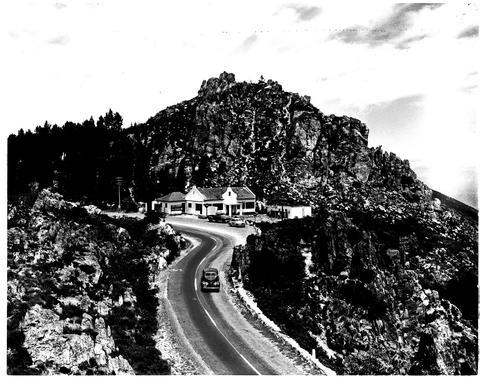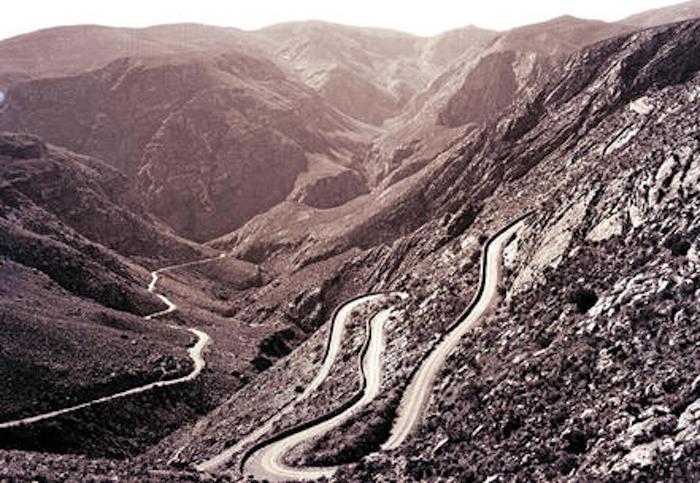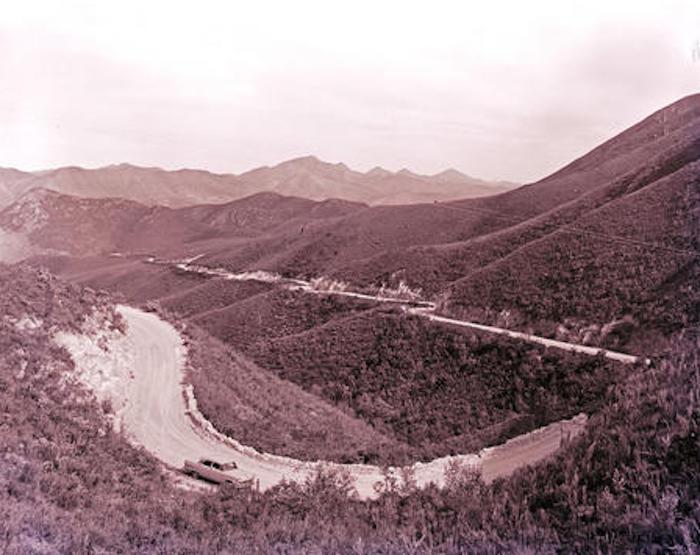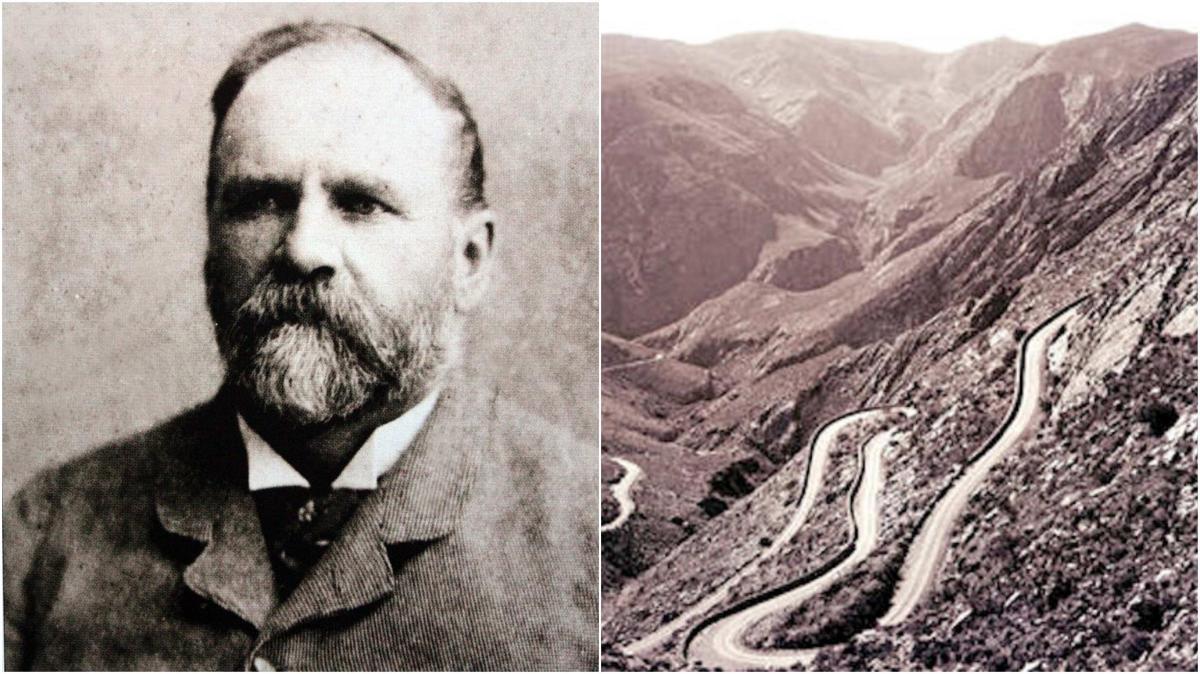
Disclaimer: Any views expressed by individuals and organisations are their own and do not in any way represent the views of The Heritage Portal. If you find any mistakes or historical inaccuracies, please contact the editor.
In the article below, Graham Ross profiles Thomas Bain, arguably one of South Africa's greatest engineers. The piece first appeared in the publication 'Past Masters: Pioneer Civil Engineers who contributed to the growth and Wealth of South Africa'. Click here to view the stories of other great engineers.
The younger Bain is well known for the many mountain passes and pioneering roads with which he was involved. He is probably the best known of the nineteenth century road makers who played such a major part in opening the hinterland of the Colony of the Cape of Good Hope for economic development and the concomitant expansion of settlement.
Thomas was born in Graaff-Reinet on 29th September 1830, the second son and seventh child of Andrew Geddes Bain and Maria von Backstrom. As was common in the frontier settlers’ families of that day, Thomas and his siblings were educated largely at home. His father had enjoyed a classical education in Edinburgh, and his mother, of well-born German stock, had also had an excellent education.
Andrew Geddes Bain as an older man (Wikipedia)
Thomas Bain (Past Masters)
Andrew Bain was an esteemed engineer and geologist, and Thomas served his five-year apprenticeship working under Andrew’s supervision and guidance on Michell’s Pass and Bain’s Kloof, between Wellington and Ceres on the old coach route to the North. On completion of this period, Thomas sat for and passed top of the entrants the examination “In Civil Engineering, etc” set under the direction of the Colonial Engineer and Surveyor-General of the Colony, Col. C.C. Michell (click here to read more about Michell).
Charles Michell (Past Masters)
View of Michell's Pass (DRISA)
In 1848 he was appointed an Assistant under the Central Road Board, and Superintendent of Convicts; then from 1854 Inspector of Roads for the Western Province, holding on several occasions the appointment of Visiting Magistrate of the convict gangs employed under his supervision.
After the 1854 promotion, Thomas married Johanna Hermina de Smidt, ninth child of Willem de Smidt, the Secretary to the Central Road Board, who was later to become a Member of the Cape Parliament. Johanna had been carefully nurtured, educated by governesses, and taught the social graces by her mother. Like a good padmaker's wife, she followed Thomas happily wherever his work took him. They had a long and happy marriage, being devoted to one another and to their thirteen children.
Although Thomas was essentially a quiet and gentle man, beloved of his family, he was at the same time able, as his works attest, to control large construction crews in remote areas and, when more senior, to guide and control work on a number of sites, often hundreds of kilometres apart. A dedicated and extremely conscientious man, he had but one month’s leave in his 46 years in the Public Works Department. Like most padmakers, Thomas’ works remained on the ground for all to see, but in addition the records of these works, his reports to his Chief Inspector, and the near-perfection of the surveys and other maps which he produced bear witness to the excellence of his professional work. It is also notable that in 1877 he qualified for Associate Membership of the Institute of Civil Engineers, a distinction borne by very few in the Colony at that time.
When Andrew Bain commenced working for the Central Road Board there were only three engineered mountain passes in the country one of which, the Ecca Pass between Grahamstown and Fort Beaufort, Andrew had built. (The other two were Franschhoek Pass by William Cuthbert Holloway (click here to read more) and Sir Lowry’s Pass by Charles Michell.) The Bains perfected the technique of constructing dry-stone retaining walls, many of considerable height and length (which came to be regarded almost as their “trademark”) and many of them are still standing and some still in use today.
Portion of the Franschhoek Pass (Trip Advisor)
Top of Sir Lowry's Pass (DRISA)
Andrew was responsible for seven major passes, and Thomas for twenty six. Two of the better known, which still have gravel surfaces and are largely as Thomas built them, are the Swartberg Pass between Oudtshoorn and Prince Albert, and the Prince Alfred Pass between Knysna and the Langkloof. He was also responsible for about 560 miles of major road construction which included a number of minor passes. These constructions included many bridges, and it might be worth recording that Thomas’ first independent work was the Lady Grey Bridge over the Berg River in Paarl.
Swartberg Pass (DRISA)
Prince Alfred Pass (DRISA)
In 1873 he was lent to the Railway Department for eighteen months as District Engineer in charge of the construction of the rail extension through Nuwekloof, near Tulbagh. During this time he also surveyed three other proposed railway routes. He then returned to the Road Office of the Department of Public Works until 1888, when he was appointed Irrigation and Geological Surveyor of the Colony. As a result railways, geological investigations, dams and other water supply works may be added to his list of engineering accomplishments.
On the geological side, Thomas investigated and reported on various mineral resources in the Colony, such as the Knysna, Prince Albert, Barkly West and Namaqualand Gold Fields, and the Coal Fields of the Eastern Province and the Free State. He was from time to time engaged in making collections of reptilian remains from the Locustrine beds of the Karoo for the British and Cape Museums, collected other fossils and artefacts, and made copies of pre-historic rock art. Thomas also discovered new botanical species - and played a variety of musical instruments.
The family followed Thomas where his work took him, and this entailed moving every few years. So they had nothing which could be called a settled residence until they bought 'Woodside’, standing in 90 acres of ground in Rondebosch, a suburb of Cape Town, for £1,300 in the 1880’s. He died there on his 63rd birthday, after a full and energetic life.
It can be said that Andrew and Thomas Bain, in conjunction with Major Charles Michell, initiated the great age of road-building in the Cape. Thomas Bain especially has made a contribution to road engineering in South Africa which must rank among the greatest made by any engineer. Plaques have been erected in his honour at five different places around the Cape, and his gravestone is housed in the Cultural History Museum in Cape Town.
The story of his attainments continues to serve as an inspiration for today’s road engineers.
Graham Ross liked to call himself a "padmaker". Although in the early stages of his career he roughed it with the hardy band of men who built roads in the dry and dusty rural areas of the Cape Province, in later years, after becoming one of the first qualified geometric engineers in the country, he operated out of a Cape Town office complete with drawing board and calculating machine. On retirement he began compiling a database of the history of Cape Provincial roads and, particularly, of mountain passes, which would earn him a doctorate from Stellenbosch University. This entailed a great deal of travelling, photographing, interviewing and research. At about the same time the Transportation Division of SAICE asked him to organise a series of articles about the passes for inclusion in the SAICE Magazine. For the SAICE centenary in 2003 Graham was persuaded to expand his articles into a book for general readers, which he produced at short notice with his customary care and flair, and "The Romance of the Cape Mountain Passes" appeared in bookshops soon afterwards.
Comments will load below. If for any reason none appear click here for some troubleshooting tips. If you would like to post a comment and need instructions click here.

